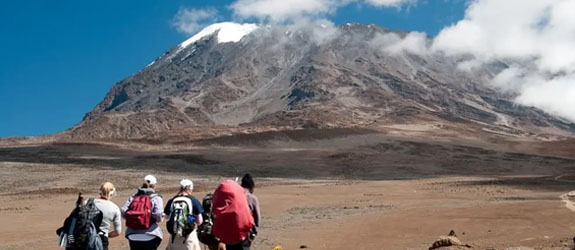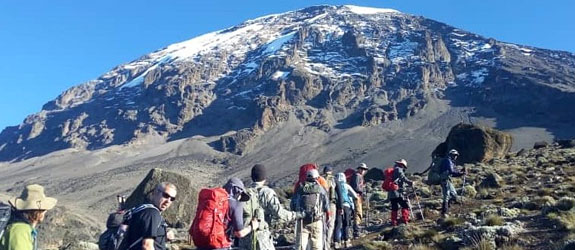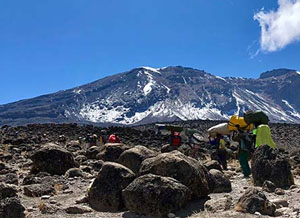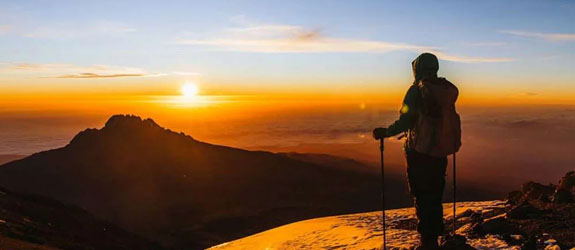
Determining the  Mount Kilimanjaro Climbing Duration
Mount Kilimanjaro Climbing Duration
Climbing Kilimanjaro is challenging. It's not just about being strong or determined. You need to adjust to the high altitude and plan well. Some things that can affect your Mount Kilimanjaro Climbing duration include acclimatization, routes you have chosen and your fitness levels.
- he higher you ascend, the lesser oxygen you find. Proper acclimatization is crucial in ensuring you make it to the summit successfully. Those who spend more time on the mountain are naturally more acclimatized and have a higher success rate.
- Mount Kilimanjaro offers multiple routes, varying in scenery, difficulty, and duration. Some, like the Marangu and Umbwe routes, can be as short as five days. However, routes like Lemosho and Northern Circuit can extend to 9 days.
- While fitness can help reduce fatigue, it doesn't necessarily correlate with the ability to acclimate. Hence, even the fittest individuals might face altitude sickness challenges.
To increase your chances of success, opting for the Best Kilimanjaro Tours that focus on safety, acclimatization, and enjoyable experiences is advisable.
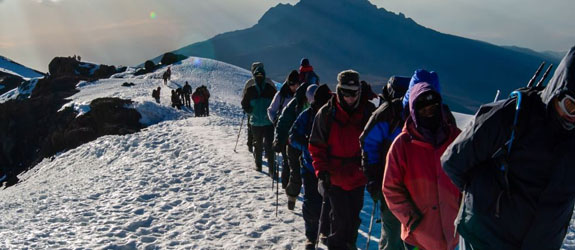
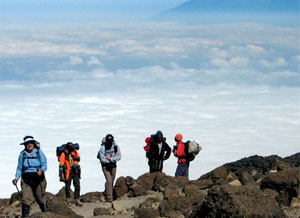
From Natural Wonders To Secluded Paradises
